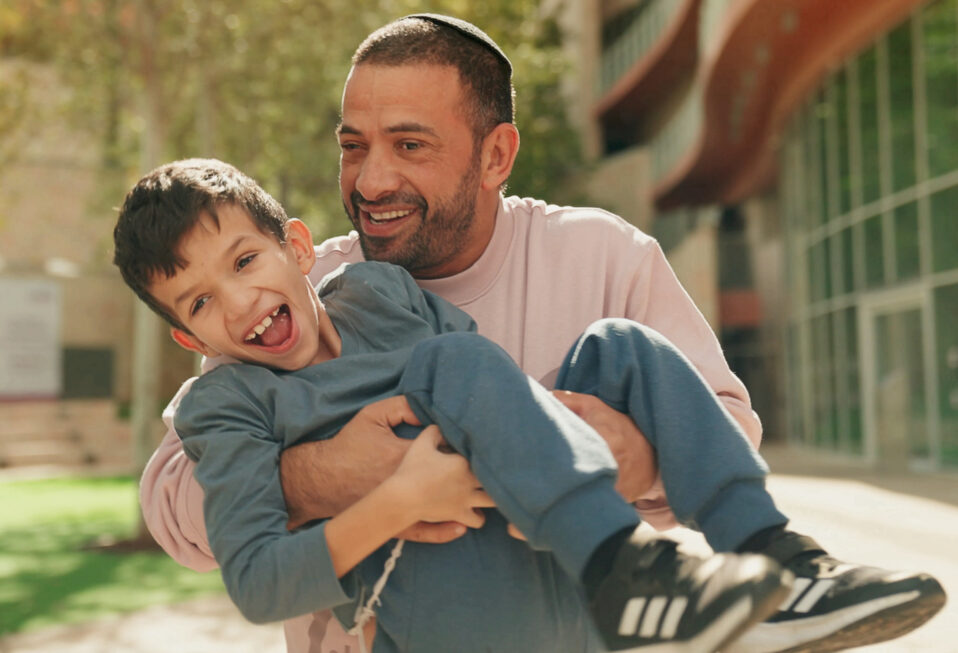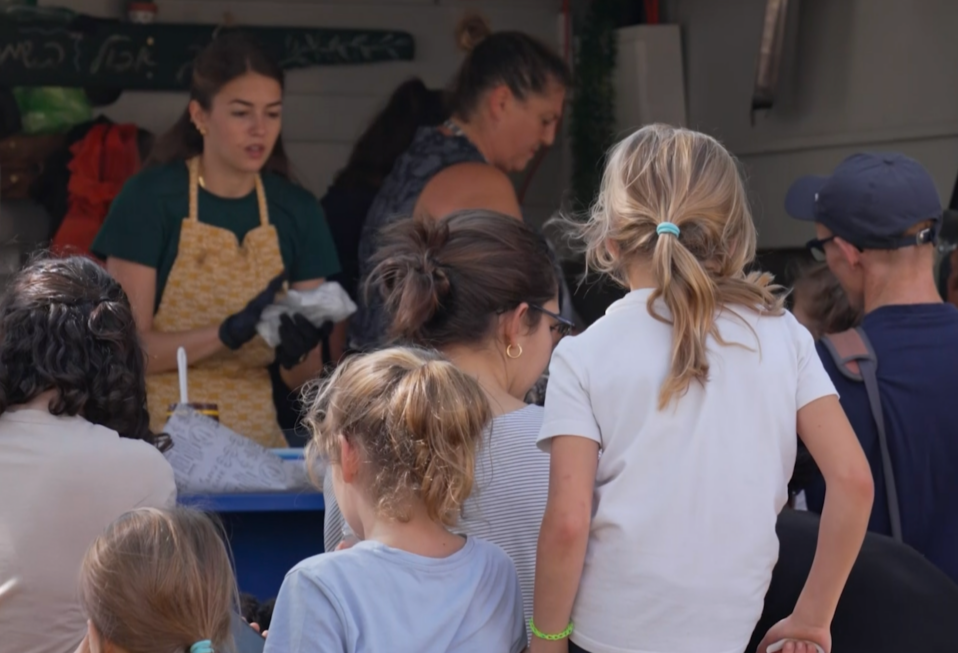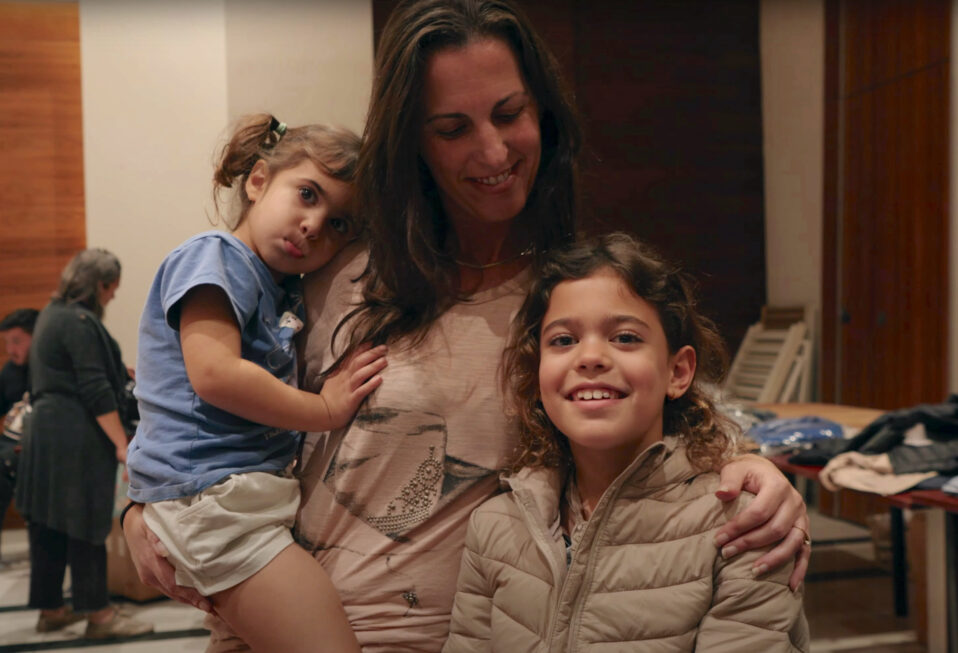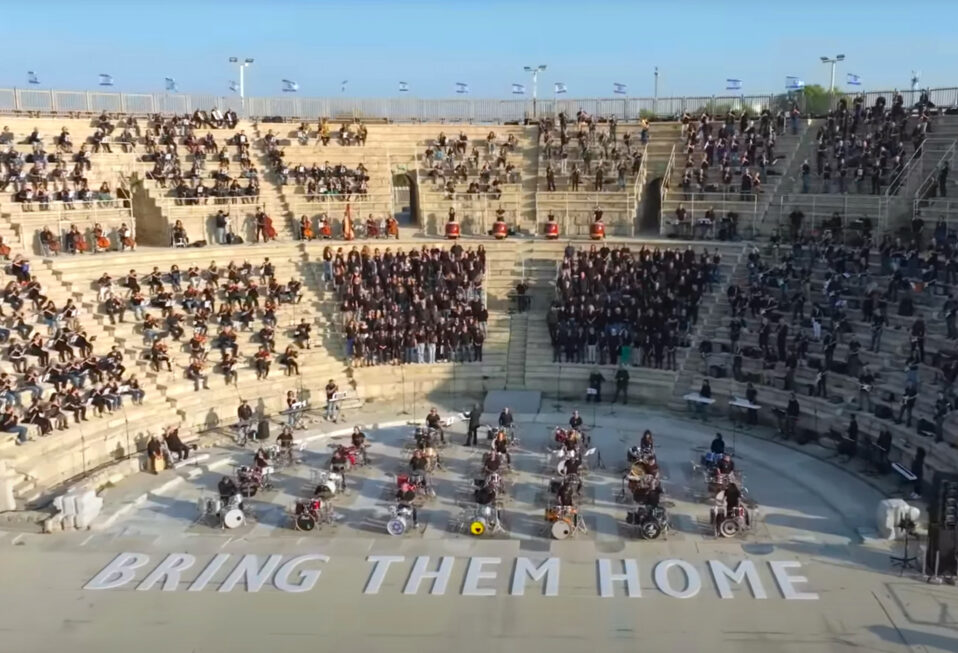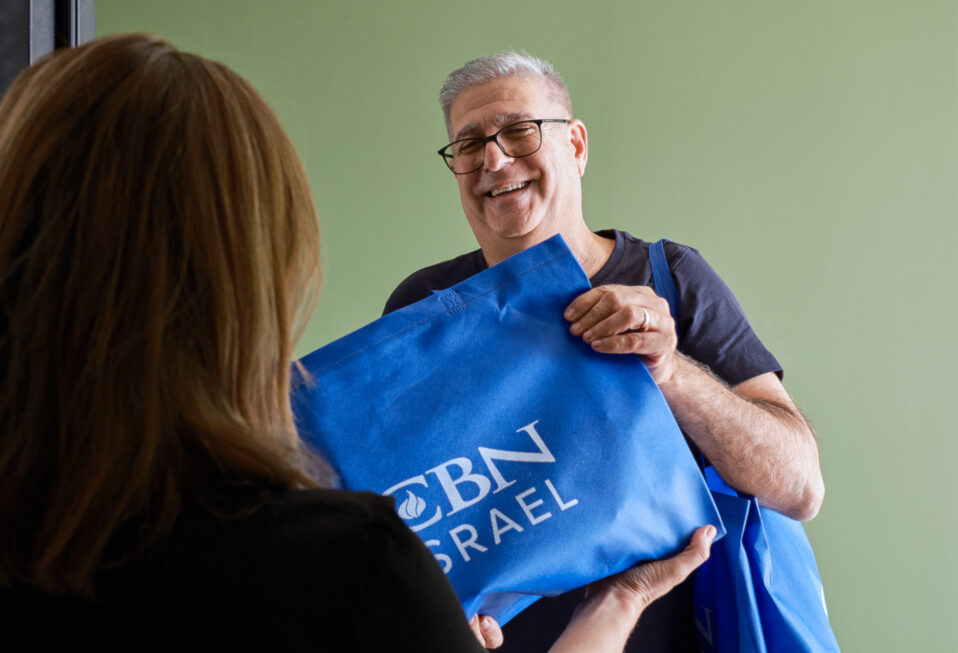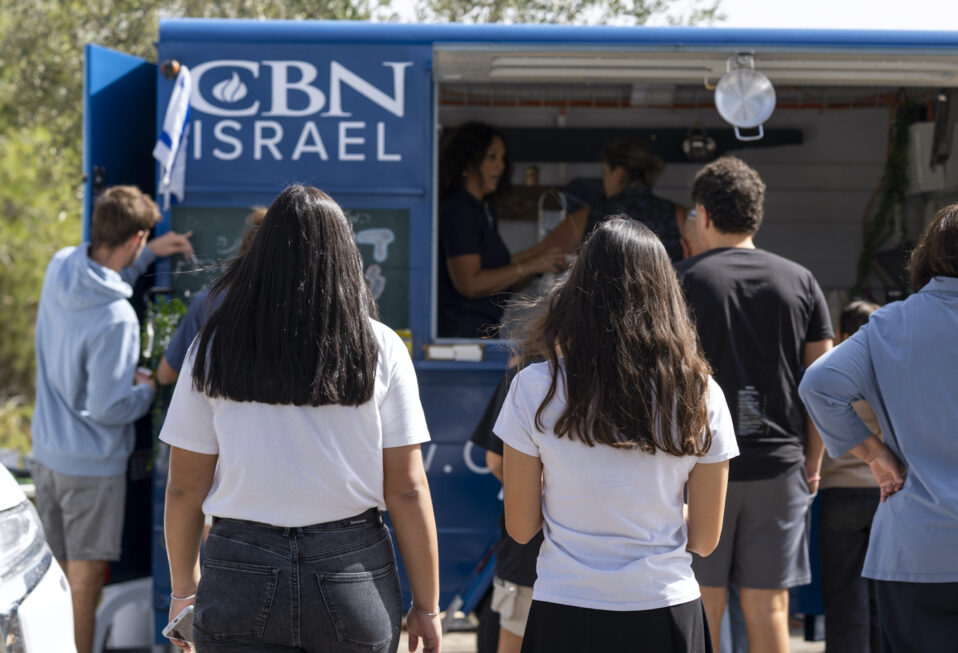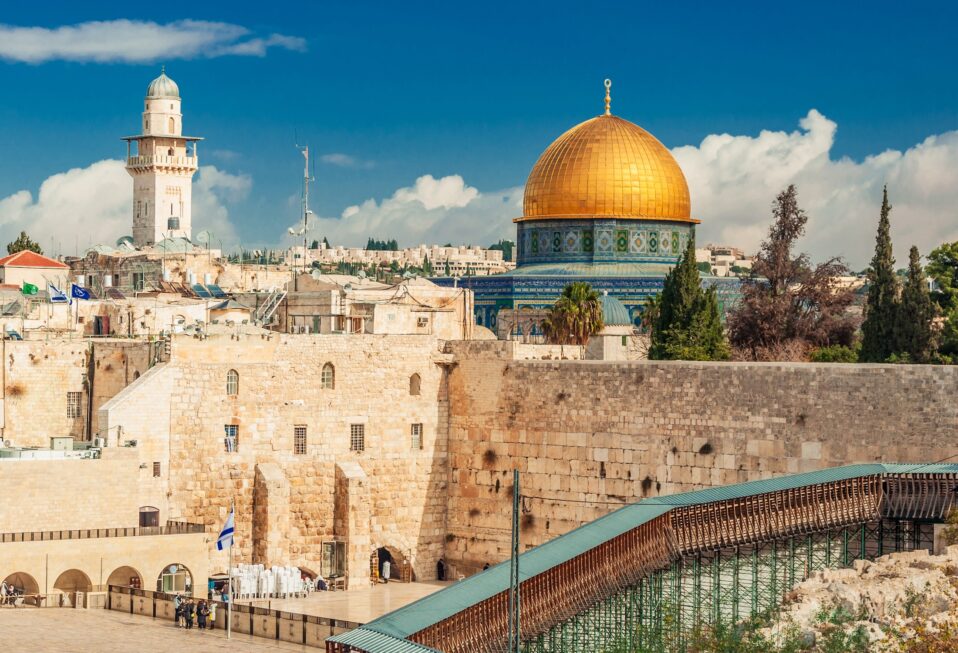By Arlene Bridges Samuels
The Islamic Republic of Iran has successfully ramped up more anarchy from yet another proxy, the Houthis. Based in Yemen, this organization has joined the regime’s favorites—Hamas and Hezbollah—to generate worldwide shipping delays on the Red Sea since November. Houthis have turned the ancient Israelites’ miraculous Red Sea crossing into a modern nightmare that is already affecting some 44 nations, including the United States and Israel.
The Houthis’ terror tools include drones, small boats, missiles, hijackings, and now anti-ship ballistic missiles. Their attacks generate multilayered problems for huge commercial cargo ships and create a slowdown in world markets. On December 1, 2023, the UN Security Council issued a feeble, inconsequential 120-word statement to the Houthis. A coalition of 14 world leaders released a joint statement on January 3, published by the White House. That statement laid out these critical statistics: “Nearly 15 percent of global seaborne trade passes through the Red Sea, including 8 percent of global grain trade, 12 percent of seaborne-traded oil and 8 percent of the world’s liquefied natural gas trade.”
The statement warned that “malign actors” will be held accountable for “unlawful seizures and attacks.” However, neither the UN nor the White House press release mentioned Iran, the Houthi enabler—the government behind every invasion, murder, weapons supply, attack, and oppression of its own citizens in the Middle East and beyond. The only way to stop Houthis backed by their Iranian merchants of death is to deploy multinational warships and aircraft carriers to use military force against the Houthis in Yemen.
The Muslim Houthis live in a Middle Eastern country that is strategically located on Bab-el-Mandeb, the strait at the southern entrance of the Red Sea that connects the Gulf of Aden and the Arabian Sea. At the northern end, Egypt’s Suez Canal connects the Red Sea to the Mediterranean Sea, making it one of the world’s busiest shipping lanes. Interestingly, in Arabic Bab-el-Mandeb means “Gate of Lamentation, Grief, or Tears.” Iran and its Houthi proxies are reinvigorating the Arabic definition—giving grief to the world in a potential global catastrophe affecting food, crude oil, natural gas, and consumer products.
The alternative for shipping through Bab-el-Mandeb is to re-route ships to the southern tip of Africa, which significantly increases time and shipping costs. For instance, for oil shipped from Saudi Arabia to the United States, navigating around the southern tip of Africa adds 2,700 miles and 8 to 10 days to the journey.
The Islamic ayatollahs have been demonstrating their aggression for years on the Strait of Hormuz, located next to Iran itself. Around 30 percent of crude oil sails through what is considered the world’s most important chokepoint. The U.S. Energy Information Administration (EIA) describes world oil chokepoints “as narrow channels along widely used global sea routes.”
Considering the strategic points Bab-el-Mandeb (the Gate of Grief) and the Strait of Hormuz, it is easy to see the Islamic regime’s geographical reach of terror and how it can easily reshape the global economy. The Strait is the quickest way for oil to be shipped to other countries from the Middle East. While this is a conversation for another time, if the United States returned to the energy independence we enjoyed under former President Trump, neither of these chokepoints would concern us.
It is no surprise then that Iran, the largest state sponsor of terror worldwide, violates the international Law of the Sea Convention (LOSC) mandated in 1982 and ratified by more than 150 countries. LOSC serves as a “constitution for the oceans.”
Here’s one example of the seriousness of shipping disruptions. Fearing violent aggression, A.P. Møller-Mærsk—one of the biggest global shippers—decided to stop their ships from transiting the Red Sea and the Suez Canal. That one decision diverted $200 billion in trade.
Speaking of billions of dollars, the U.S. House of Representatives acted against Iran by passing legislation in December to refreeze $6 billion in oil revenue sanctions against Iran. President Biden had ordered that a South Korean account release the sanctioned $6 billion to Qatar (home of several top Hamas leaders). It was designated for “humanitarian purposes” in exchange for five Americans.
Secretary of State Antony Blinken then emphasized to Congress that the money could only be used for the “humanitarian trade.” Our history with Iran since 1979 has vividly demonstrated that Iran’s ayatollahs operate only on Shia Islam’s oppressive standards while pretending cooperation. Since the Islamic regime overthrew the Shah of Iran almost 45 years ago, then stormed the U.S. Embassy and kidnapped 66 American citizens, their regime has grown into the largest terror-sponsoring country in the world.
The “No Funds for Iranian Terrorism Act,” was passed in the House by a vote of 307-119. Ninety Democrats voted with Republicans. Kentucky’s Thomas Massie, a Republican, voted NO. In my research I consider this statement as double-speak in a December POLITICO article, especially considering the October 7 invasion of Israel: “Even though there’s no evidence Iran was involved in the attack, the country is a known backer of terrorist group Hamas.” How much evidence does Politico need? Evidence is strewn across southern Israel and now among hostages imprisoned in the wicked tunnels of subterranean Gaza. Fact: Without Iran’s ideology, financing, and actions, much of the world’s terror would not exist. The evidence is clear.
On necessities like food and water, rising prices from disrupted shipping affect families globally. Gas prices will also rise and supply chains will break down. Just since November, Houthis have used missiles, drones, and fast boats 20 times in the Red Sea. However, when it comes to safety, the current American administration must open its eyes to the dangerous character of Iran’s leadership where diplomacy is viewed as weakness and makes way for manipulation. Iran is an enemy of the United States, Israel, and its own population. Our open southern border is an invitation for Iranian saboteurs to walk into the United States of America, disappear, and plan their next act of terror—this time on American soil.
The Biden administration is procrastinating and currently saying NO to several military options proposed by the Pentagon to completely stop Iran and the Houthis’ takeover of the Red Sea. Naval vessels are present in the region but not currently proactive against and inside terrorist Yemen itself. While Biden wavers, the world economy will lessen, Iran will keep supplying Houthis at the Bab-el-Mandeb chokepoint, and Iran will capitalize on its Strait of Hormuz chokepoint.
Mr. Biden is also pressuring Israel to end its defensive war in Gaza and refrain from defending against Hezbollah’s warfare in northern Israel. However, 136 hostages (including Americans) remain unaccounted for, and they have not been visited by the International Red Cross since October 7. Let that sink in for a moment and you will understand why Israel cannot and will not relent. The Allies’ war against Hitler and the Nazis in World War II is a case in point. The Nazi evil demanded a response, the response of a just war. Israel is fighting a just war.
We must pray for a modern miracle for the Red Sea yet affirm our trust for the Creator of the oceans to intervene with His purposes and according to His timeline.
Join our CBN Israel team this week reflecting on the apostle Paul’s words in 2 Corinthians 1:7-9 NIV—“And our hope for you is firm, because we know that just as you share in our sufferings, so also you share in our comfort. We do not want you to be uninformed, brothers and sisters, about the troubles we experienced in the province of Asia. We were under great pressure, far beyond our ability to endure, so that we despaired of life itself. Indeed, we felt we had received the sentence of death. But this happened that we might not rely on ourselves but on God, who raises the dead.”
Prayer Points:
- Pray for wisdom for the U.S. government to uphold Israel’s safety.
- Pray for IDF soldiers who have faced more than 90 days of trauma.
- Pray for God to silence the critical voices and lies against Israel.
- Pray that Christians will join the information warfare by sharing facts that disprove terrorist claims.
- Pray that IDF can miraculously locate the hostages and bring them to safety.
Arlene Bridges Samuels pioneered Christian outreach for the American Israel Public Affairs Committee (AIPAC). After she served nine years on AIPAC’s staff, International Christian Embassy Jerusalem USA engaged her as Outreach Director part-time for their project, American Christian Leaders for Israel. Arlene is an author at The Blogs-Times of Israel and has traveled to Israel since 1990. She co-edited The Auschwitz Album Revisited and is on the board of Violins of Hope South Carolina. By invitation, Arlene attends Israel’s Government Press Office Christian Media Summits. She also hosts her devotionals, The Eclectic Evangelical, on her website at ArleneBridgesSamuels.com.



